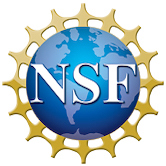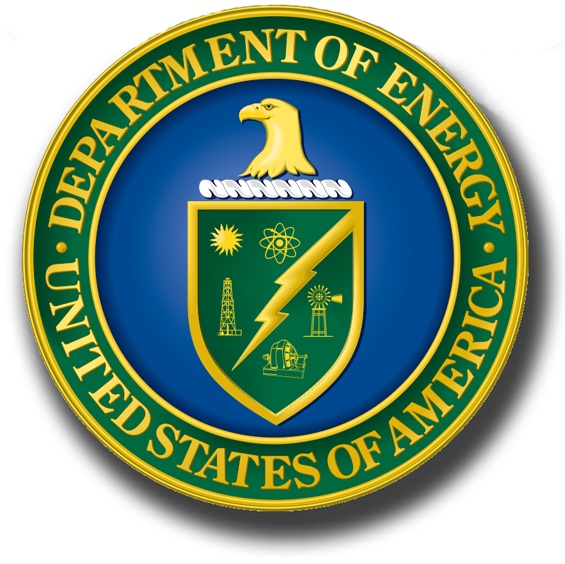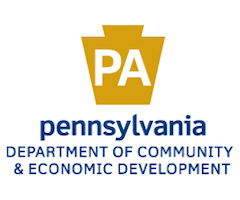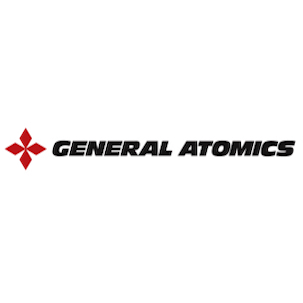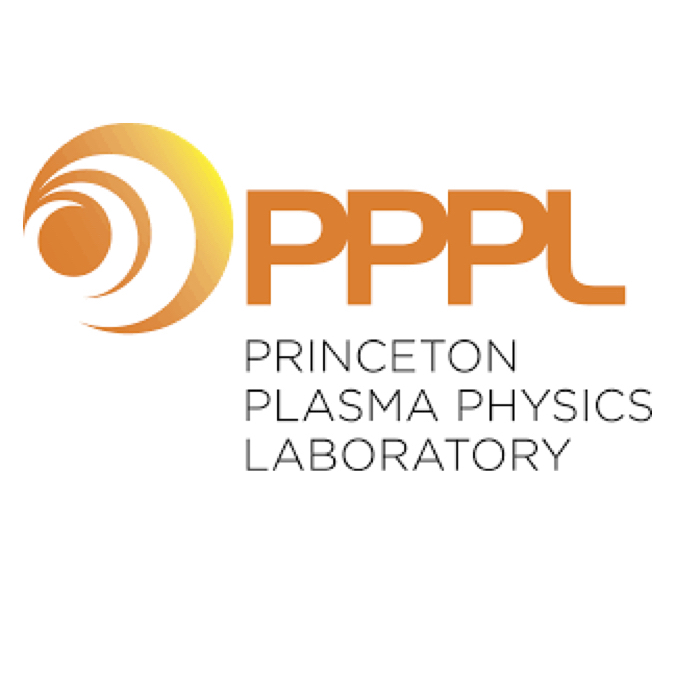Model-Based Control of the Dimensionless Gain in KSTAR by Leveraging Real-time Estimation of the Confinement Time
H. Al Khawaldeh, S.T. Paruchuri, T. Rafiq, E. Schuster
65th Division of Plasma Physics (DPP) Annual Meeting of the American Physical Society (APS)
Denver, CO, USA, October 30 – November 3, 2023
Controlling Q, which is defined as the ratio of the fusion power to the
auxiliary power, will be critical in ITER and future nuclear-fusion power
reactors. By writing the global energy confinement time as τ = Hsτs,
where τs is a particular confinement scaling (e.g. ITER89P) and Hs is
a ratio defining the confinement quality, it is indeed possible to show [1]
that Q ∝ G (= βN*Hs/q95) where βN is the normalized beta and q95 is the
safety factor at ρ = 0.95. Thus, Q is maximized by requiring high pressure
(βN) , high confinement quality (Hs), and high current-carrying capacity
(inverse of q95). Therefore, the dimensionless gain G plays a key role in
defining a stable plasma scenario with a specific target fusion gain.
As part of the effort by the KSTAR program on developing Q = 10 scenarios
for ITER, a model-based control algorithm is proposed for the regulation
of G by leveraging real-time estimation of the global energy confinement
time and the associated confinement-quality factor [2]. The controller
is designed by embedding the 1D magnetic diffusion equation and a 0D
energy balance equation in the synthesis process. The performance and
robustness of the proposed controller are tested in higher-fidelity
nonlinear simulations for KSTAR based on COTSIM.
[1] T. Luce, Fusion Science and Technology 48:2 (2005) 1212-1225.
[2] K. E. J. Olofsson et al., IEEE CCTA, Montreal, Canada, 2020.
*Supported by the US DOE under DE-SC0010537.
